Completing home maintenance can help should you need to make an insurance claim. Here are the maintenance tasks you shouldn't neglect.
Essential items for your home emergency kit
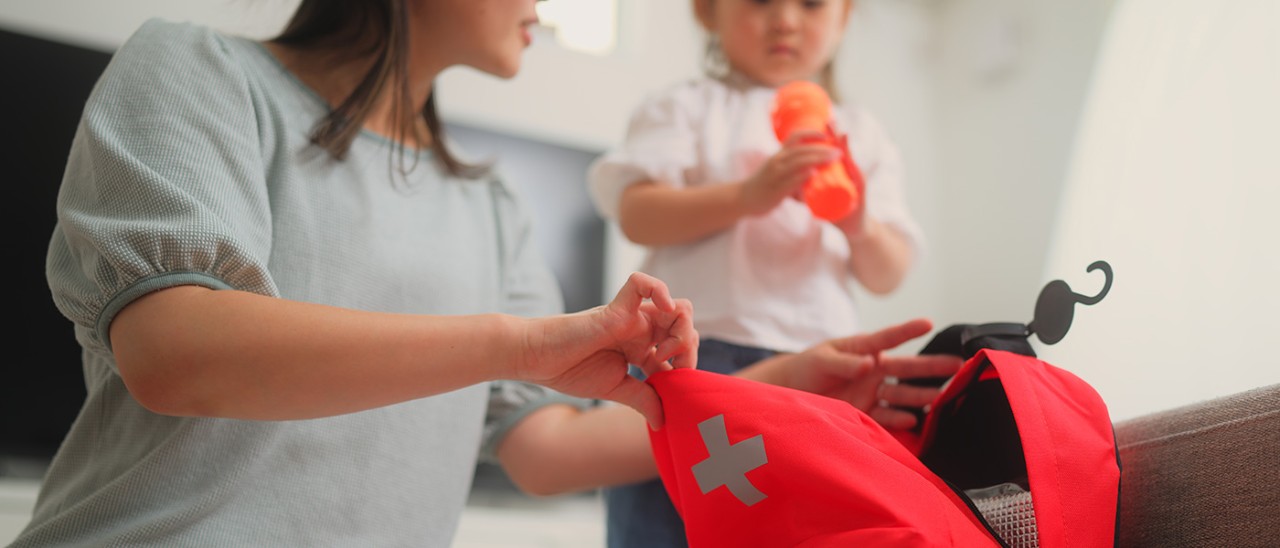
Being prepared for potential emergencies such as floods, fires, severe blackouts or other crises is essential. Here's how to compile the ultimate home emergency kit to help you handle adverse situations effectively.
Storms, power outages, and natural disasters, such as floods and bushfire, can all create situations where you lose access to power, water, and other essentials. It's important to be prepared, especially if you live in a high-risk area.
The CFA strongly recommends preparing an emergency kit before bushfire season, for example. You need to consider what each member of your household might need if you were unable to return home for at least three days, or if your home is lost in a fire. If you live in a remote area where emergency assistance might take longer to arrive, consider packing additional supplies.
The CFA also advises households to store their home emergency kit somewhere that's easy to access, such as in the garage or near the front or back door.
Find out the essential items you need in a home emergency kit, plus the additional requirements if your household includes babies, young children, elderly parents and/or pets.
Essential items for a home emergency kit in Victoria
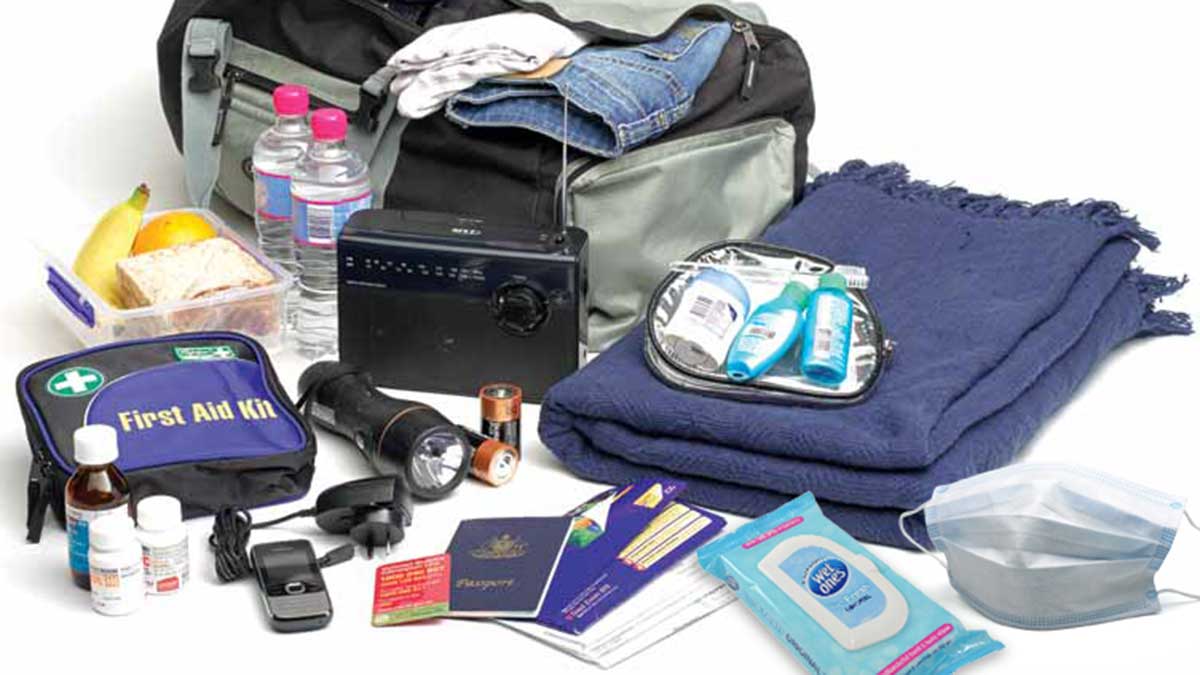
A first aid kit is an important component of your emergency kit. Image: CFA
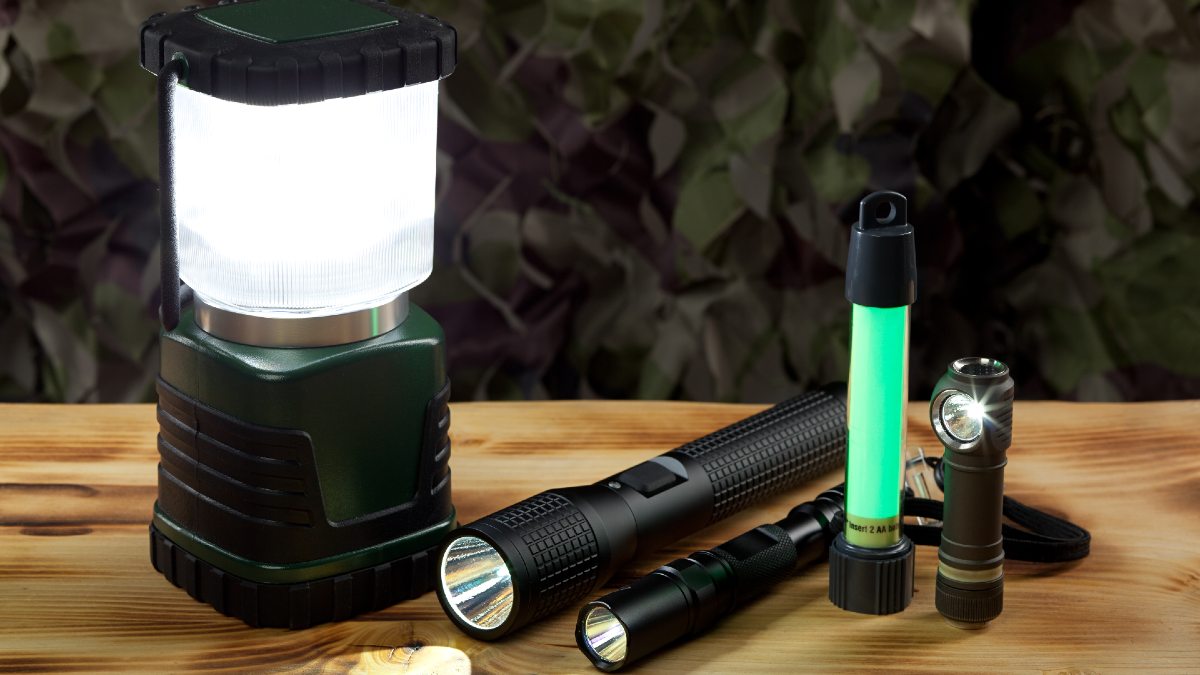
Pack battery- or solar-powered lights like lanterns and torches. Image: Getty
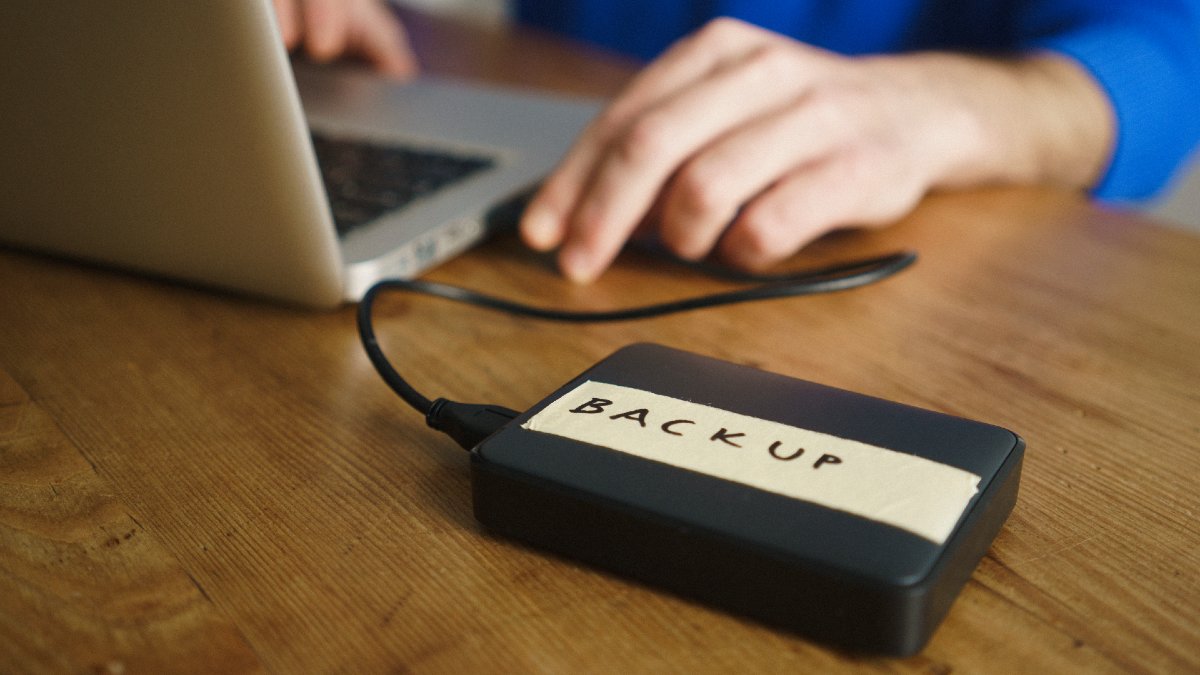
Copy important documents to the Cloud or onto a hard drive or USB. Image: Getty
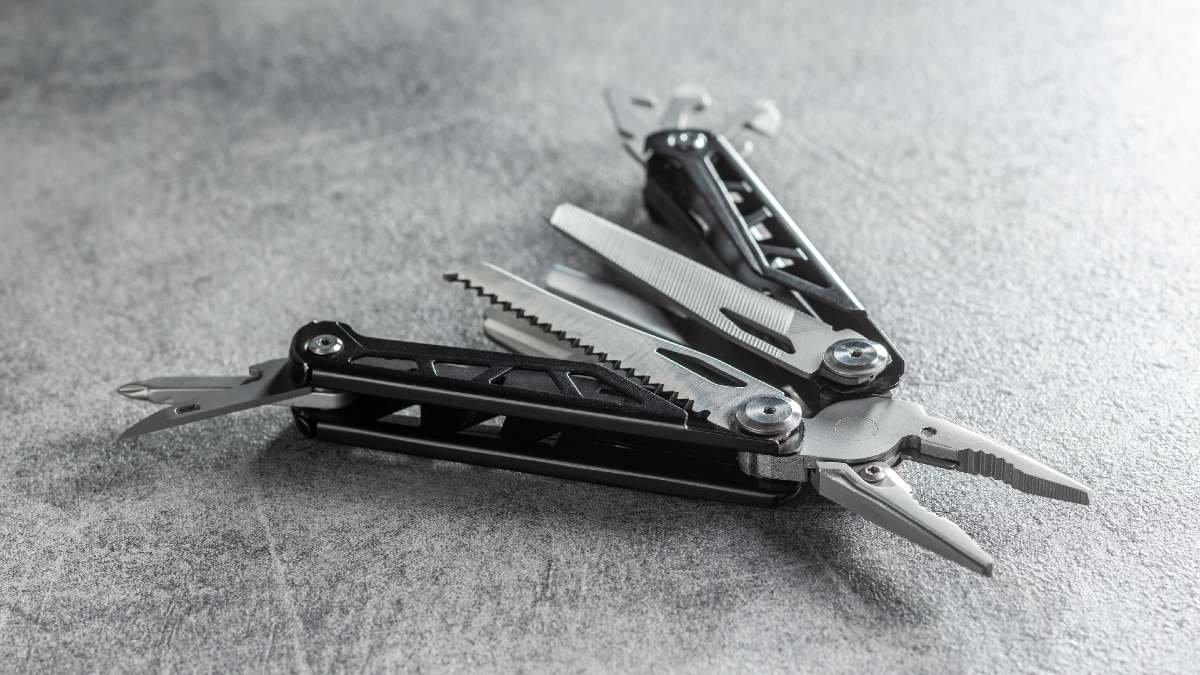
A multitool can help in a variety of situations. Image: Getty
Families with babies or pets
Different members of the household, including babies, the elderly and pets, will have different needs that you should take into consideration when packing your home emergency kit,
The Australian Breastfeeding Association has information, including an emergency planning guide, for parents who are feeding and caring for a baby. Parents should make sure the home emergency kit contains enough nappies, wipes and food for at least three days. Pack a bottle and baby formula, and check the expiration date every few months.
Pets should be registered and microchipped, so keep a copy of their registration, microchip and insurance documentation in your kit. Keep enough food and clean water to sustain your pet for at least five days, including feeding bowls. Other essential pet items include a leash and collar with ID tags, medicines with clear instructions, waste cleaning products such as a litter tray and litter or dog poop bags, and some bedding and comfort toys. Smaller animals like cats should be placed in carry boxes for easy transportation.
The information provided is general advice only. Before making any decisions, please consider your own circumstances and the Product Disclosure Statement and Target Market Determinations. For copies, visit racv.com.au. As distributor, RACV Insurance Services Pty Ltd AFS Licence No. 230039 receives commission for each policy sold or renewed. Product(s)issued by Insurance Manufacturers of Australia Pty Ltd ABN 93 004 208 084 AFS Licence No. 227678.


